Homeless youth hide in plain sight
In cold December, people from all over Minnesota came together for the Homeless Memorial March and Service. They held signs of the names of those who have died in Minnesota while homeless and marched for two miles in silence to commemorate those lost. Although many students at South might not realise it, homelessness can be a part of their classmates lives as well. Photo: Mia Swanson
After the bell has rung at the end of the day students pour out of the school and venture off to their homes. However, some students have to venture further than others to find out where they will sleep that night.
A survey conducted by Wilder Research in 2015 found that more than half of all homeless people in Minnesota are under the age of twenty four years old. The Minneapolis Public School website states that school in the 2015-2016 year 3,670 of those youth and children were enrolled in the MPS. Out of all the students in Minneapolis Public Schools 8.3% experienced homelessness last year.
A fifteen year old freshman at South, who would like to remain anonymous for the purpose of this article, was one of those students. “Brianna Welch” was kicked out of her house due to her gender identity at the age of fourteen. She lived at her friends houses until she realized she was in need of something more permanent. “You just feel alone, if you don’t have a family or anywhere to go,” Welch explained.
Stories like Welch’s are more common amongst high schoolers than you may think. Wilder Research also found that the average age for a youth to leave their home is sixteen . This happens for various reasons. The common reasons South High social workers have noticed is financial issues, becoming teen parent(s), mental health, and identifying as LGBT.
Once Welch’s homeless was confirmed she was able to stay at the Bridge For Youth shelter for three months. “It was really scary because you know you’re a kid and you don’t know really what’s going to happen next. One day you’re at home and everything is fine. Then the next day you’re in a strange place sleeping in a room with kids that you don’t know.”
Eventually, she was able to get in contact with Avenues for Youth which was able to get her connected to a program called Host Home. Host Home is a program that is specifically for LGBT homeless youth. Wilders Research found that over one quarter of homeless youth listed that being LGBT was a contributing factor that led to their homelessness. The program gives LGBT youth a home and support from the volunteer hosts in the community. Everything was going great for Welch but there was a new obstacle coming her way. Freshman year was just about to start.
Once school had begun Welch told South High’s principal Ray Aponte. Aponte was open and understanding of the situation. He assigned her a social worker. Social workers help homeless students in a wide variety of ways. As Sheri Harris, the social worker of the Partnership Program puts it; “It’s really about figuring out what they need and then either helping them do that directly or connecting them to the resources that will get them there.”
Some homeless students are more deeply affected in school than others. Some are able to do just fine independently and don’t need as much help. However, there are also those who struggle and have a difficult time in school. Heather Huseby chief executive officer of Youth Link, a non profit organization set on helping homeless youth from ages sixteen to twenty three find useful resources, explained school is often a struggle for those that are homeless. “The youth that we serve, most of them are already dropped out of school…It’s too hard for them to go to school and be homeless at the same time…Something has to go and sometimes that’s school.”
Welch missed approximately seventy days of school at the beginning of the year. Which left her in a very stressful and difficult situation to balance out school and homelessness. “It’s really weighing on me now because I have to try my best to catch up…When you miss seventy two days of school you don’t know what’s going on. So you’re trying your best to not look like the dumb person in class and you try to pretend you know what is going on but you really don’t, and so it’s just hard when you’re thinking about ‘My grades are failing. I don’t know where I’m sleeping next. And everything is just going to crap for me.’” said Welch.
Welches complicated situation took an unexpected turn when she got a call back from Host Home. They said that they had found a family that wanted to take her in, not as a guest or visitor but as a family member. These volunteers were not going to be hosts but instead parents. Once she heard that she started to cry. “You know just hear those words. You’re going to have people who love you finally.” Welch paused in bliss then continued to say that “I love them.They’re amazing. I’m happy I have a family. And I couldn’t ask for more.”
Unfortunately, happy endings like Welch’s are not very common. Huseby explained “There’s only one hundred and twenty beds available for homeless youth in Minneapolis.” It is rare for homeless youth to have a place to stay even if it’s just for one night. This is not just a problem that Minnesota is facing but also the whole world. In 2005 the United Nations conducted a survey and found an estimate of one hundred million people are homeless worldwide. However, there are many organizations that are dedicating themselves to solving this problem as well as bringing awareness to this issue. For example, every year there is a Homeless Memorial March and Service that takes place in Minneapolis. Anyone is welcome to walk for two miles in silence and remember those who have lost their lives while homeless. People then gather at the Simpson United Methodist Church to share stories of those they have known, as friends, family members, and simply just people that had no place to call home.
If you are experiencing homelessness and are in need of some assistance or if you want to donate please contact any of the organizations below:
The Bridge For Youth:
1111 West 22nd Street Minneapolis, MN 55405, Bus Route 6 612-377-8800
Avenues For Youth:
1708 Oak park Ave North Minneapolis, MN 55411 612-522-1690
Hope Street:
1200 2nd Ave. South Minneapolis, MN 55403 612-204-8500
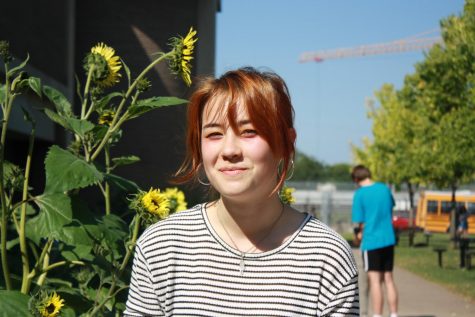
This is Mia Swanson’s third year with the Southerner, and their first year as the Southerner’s Managing Editor. Swanson is very excited to be this...

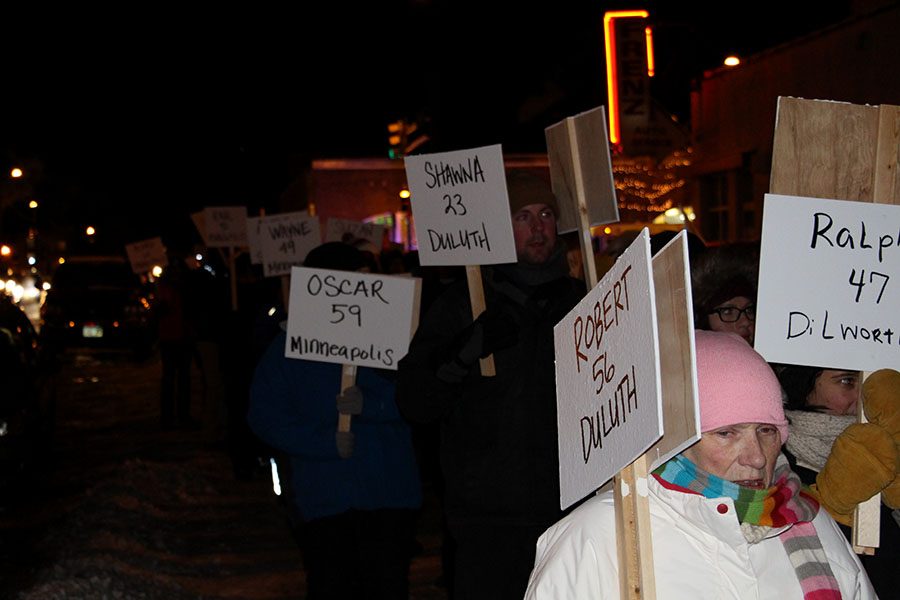






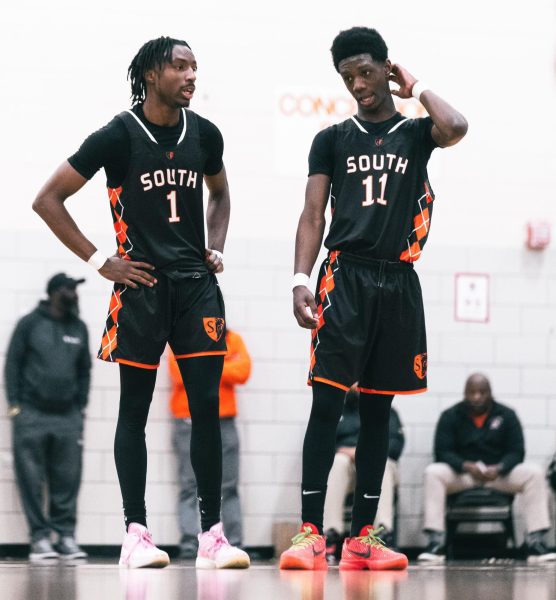
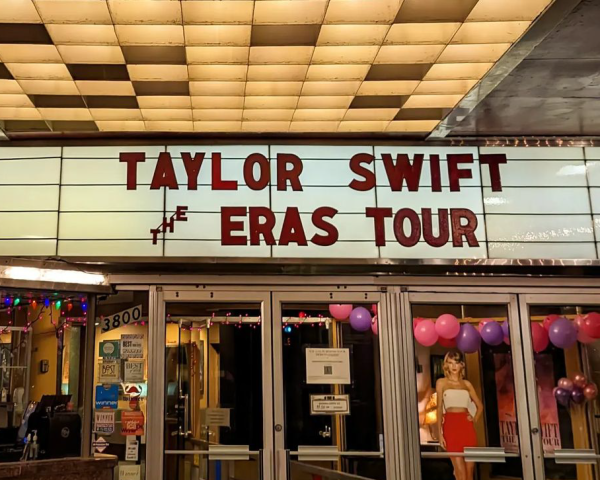
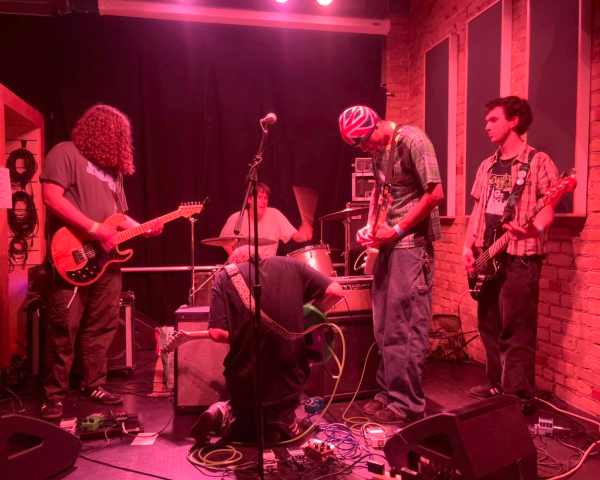




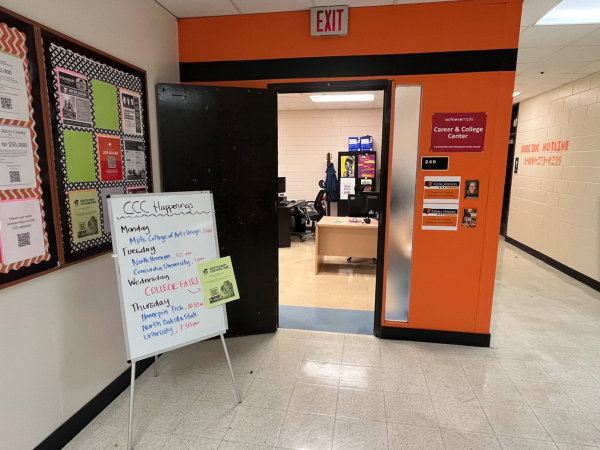
Rocki Simoes • Jan 17, 2017 at 8:27 pm
Nice job Mia! Thanks for writing this article.
In community,
Rocki
GLBT Host Home Program Manager, Avenues for Homeless Youth